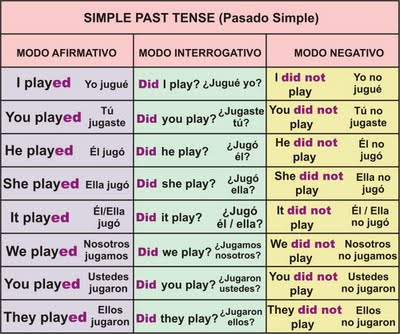


We use the present continuous to talk about:
- An action which is happening now.
We are studying the present continuous now.
My mother is preparing the soup right now.
- An action which is happening around now. (today, this week/month/year)
I’m reading a story this week. (I’m in the middle of reading it)
My sister is preparing for the bac exam this year.
My father is travelling this month. (He’s still travelling. He hasn’t come back yet)
- To talk about a changing situation:
Aicha is losing weight after a year of dieting.
Morocco’s economy is developing gradually.
Hamid is recovering from his illness.
- To talk about a temporary action:
She is living with her sister until she finishes her training period.
My father is using a friend’s car because his car is broken down.
- Some verbs are nonprogressive and don’t take ing.
know, realize, understand, recognize, believe, feel, suppose, think, imagine, doubt, remember, forget, want, need, prefer, mean |
love, like, appreciate, hate, dislike, fear, envy, mind, care | ||
|
Have, own, possess, belong |
|
Taste, smell, hear, feel, see |
Seem, look, appear, cost, owe, weigh, be, exist, consist of, contain, include


